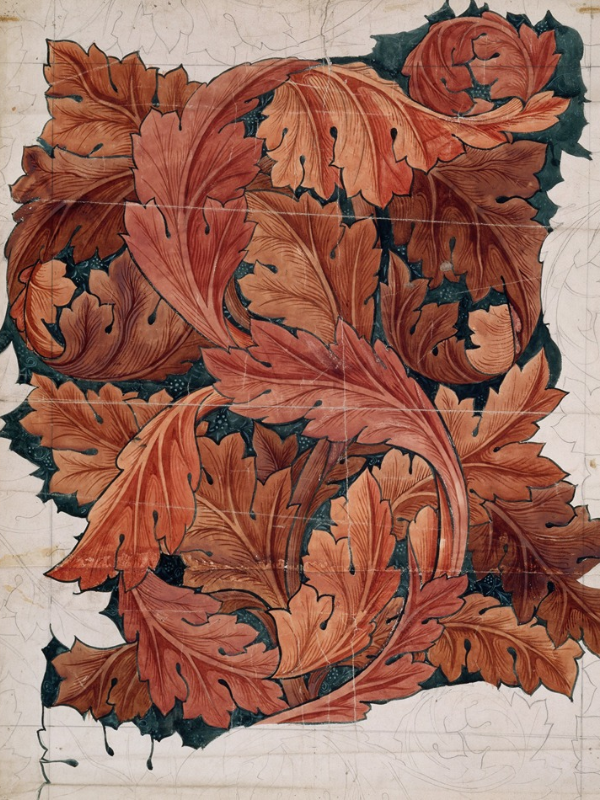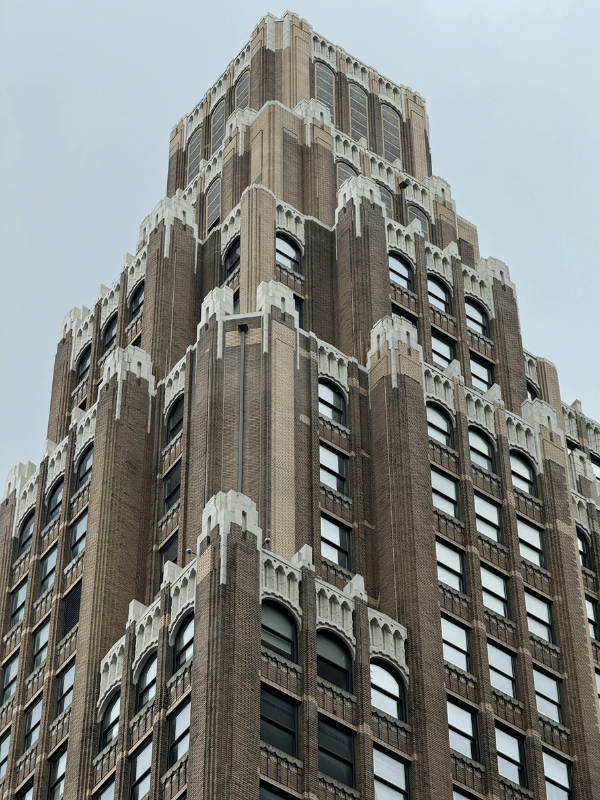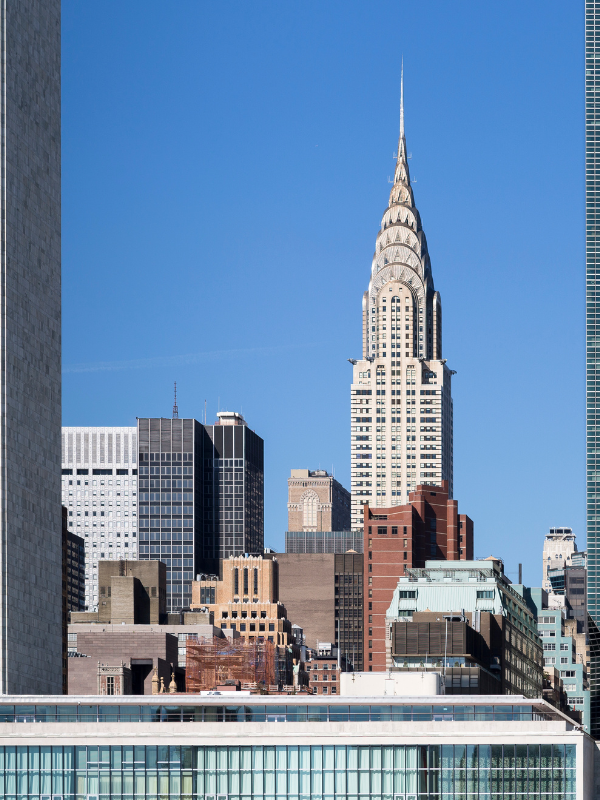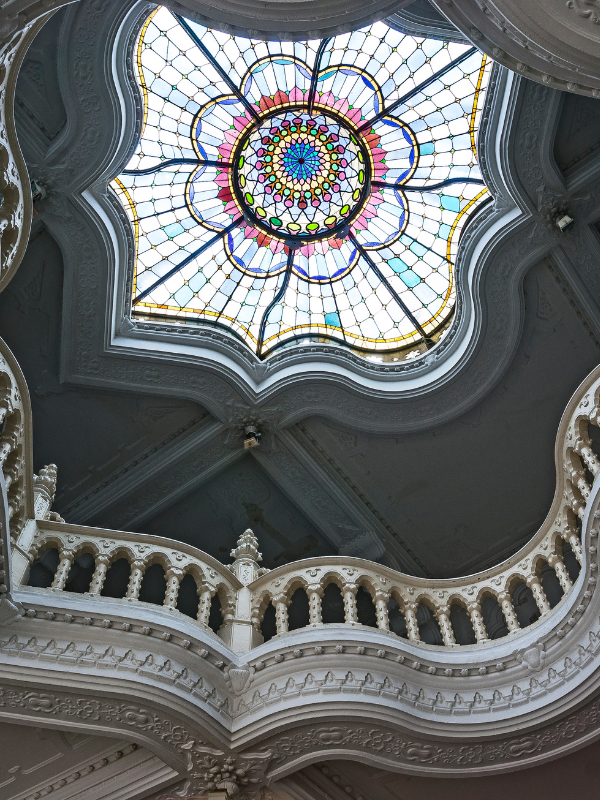Few interior design styles are as iconic, enduring, and unique as Art Nouveau and Art Deco. Though often mentioned together, these design movements are distinct in both their philosophy and visual language. Each captures the spirit of a very different era. Whether drawn to the intricate, floral detailing of Art Nouveau or the sleek lines of Art Deco, both continue to influence interiors today. Let’s explore the origins and impact of Art Deco and Art Nouveau.
Exploring the Origins of Art Nouveau and Art Deco
While both still have enduring impacts on modern interior design, Art Deco and Art Nouveau interior design came from dissimilar roots. One categorized by bold geometric shapes and confluence with the opulence of the Roaring Twenties and the other defined by organic forms and a love for nature, the two are quite distinct.
The Origins of the Art Nouveau Style

Art Nouveau emerged in the late 19th century as a response to the Industrial Revolution. Lashing back against the destruction of environments, it celebrated the natural world and the beauty of handcrafted objects. Inspired by organic forms, flowing lines, floral patterns, and intricate details, the Art Nouveau style sought to free itself from historical constraints and embrace a new aesthetic.
Art Nouveau interior design often featured natural motifs, sinuous lines, and delicate curls. Artists, architects, and designers opted for stained glass, wrought iron, and high-end materials crafted with exceptional skill. Designers like Louis Comfort Tiffany and Louis Majorelle helped define this movement by creating visually stunning pieces that continue to inspire in both interiors and the decorative arts.
Related Art Movements and Overlapping Influences

Art Nouveau drew inspiration from several earlier movements, with each contributing to its organic, nature-driven aesthetic. The Arts and Crafts Movement, which began in the 1860s emphasized craftsmanship and rejected the mechanized production of the Industrial Revolution, so it walked hand in hand with Art Nouveau.
This movement celebrated the beauty of handcraft and natural materials, aligning closely with Art Nouveau’s focus on intricate, organic forms. Symbolism inspired the more mystical and dreamlike aspects of Art Nouveau, as seen in the works of artists like Gustav Klimt and Aubrey Beardsley. Their sinuous, often erotic imagery captured the era’s fascination with the exotic and the surreal.

Similarly, the Aesthetic Movement’s “art for art’s sake” philosophy, which valued beauty above all else, helped shape Art Nouveau’s decorative, highly detailed approach to design.
The Origins of the Art Deco Style

On the other hand, the Art Deco movement arose in the 1920s in conjunction with the Roaring Twenties and the optimism of the post-World War I era. Art Deco architecture and interiors celebrated modern materials, mass production, and sleek, symmetrical designs.
Art Deco design drew inspiration from the industrial arts held at the 1925 International Exhibition of Modern Decorative and Industrial Arts in Paris. These interiors are known for their bold geometric patterns, luxurious materials, and innovative use of glass, metal, and high-end finishes. Iconic examples include the Chrysler Building in New York and the work of influential designers like Jacques-Émile Ruhlmann and Jean Dunand.
Related Art Movements and Overlapping Influences

In contrast, Art Deco emerged from a blend of avant-garde and industrial influences that reflected the rapid technological progress and wealth of the early 20th century. It drew heavily from Cubism with its fragmented forms and bold geometric patterns and from Futurism, which celebrated speed, technology, and the machine age.
The influence of Constructivism, particularly its focus on functional design and industrial materials, can also be seen in the streamlined forms and modern materials of Art Deco interiors. The discovery of Tutankhamun’s tomb in 1922 sparked a wave of Egyptian Revival designs, so motifs like zigzags, scarabs, and stylized lotus flowers entered into the Art Deco vocabulary.
Meanwhile, the sharp, symmetrical lines and grand proportions of Neoclassicism added a sense of order and monumentality that perfectly suited Art Deco’s glamorous, high-style aspirations.
Distinguishing Between Art Nouveau and Art Deco Interior Design
Key Characteristics of Art Nouveau
As noted above, Art Nouveau is defined by its curving lines, organic forms, and intricate craftsmanship. This style draws deeply from the natural world, with its designers incorporating elements like floral patterns, sinuous curves, and intricate, nature-inspired details.
Asymmetry also plays an important role here, with designs that feel alive and fluid as they seek to capture the organic beauty of nature itself. Art Nouveau interiors blend furniture, architecture, and decorative arts into cohesive, immersive environments to establish spaces that feel both timeless and uniquely personal.
Key Characteristics of Art Deco

In contrast, bold, geometric shapes and opulent materials define Art Deco interior décor. It embraces symmetry and visual impact, with clean lines, strong contrasting color schemes, and the innovative use of modern materials like marble, glass, and chrome. Art Deco interiors often feature decorative motifs such as sunburst patterns, zigzags, and sleek, streamlined silhouettes that reflect the energy and optimism of the early 20th century.
High-gloss finishes and metallic accents make these spaces feel glamorous, while the use of symmetrical designs and sharp angles gives each space a sense of order and modernism. Art Deco is still popular among those who appreciate structure, luxury, masculinity, and timelessness.
Selecting Between Art Nouveau and Art Deco Influences
When deciding between Art Nouveau and Art Deco for your space, consider the mood and aesthetic you hope to evoke. If you appreciate organic forms, intricate details, and a sense of craftsmanship, Art Nouveau might be the perfect fit. However, if you prefer bold colors, sleek lines, and the glamour of the early 20th century, Art Deco interior design may be more your style.
Ultimately, both styles have left their mark on the design world and each offers endless inspiration for today’s interiors. To guide you, we have listed a few of the most iconic Art Deco and Art Nouveau interiors from history below.
Iconic Art Nouveau Residences and Spaces From Which to Draw Inspiration
Hotel Tassel in Brussels by Victor Horta

Known as one of the first true Art Nouveau buildings, the Hotel Tassel boasts intricate ironwork, organic curves, and fluid, asymmetrical lines that seamlessly connect its interior and exterior spaces.
Casa Batlló in Barcelona by Antoni Gaudí

Though some would argue that it doesn’t quite fit the movement, Casa Batlló is indeed an iconic example of Art Nouveau’s embrace of organic, flowing forms. It is known for its wave-like facade, vibrant stained glass, and bone-like columns.
Palais Stoclet in Brussels by Josef Hoffmann

This private residence exemplifies the Vienna Secession’s take on Art Nouveau with its luxurious materials, geometric ornamentation, and a focus on artistic unity across architecture, furniture, and the decorative arts.
Horta Museum in Brussels by Victor Horta

The former home and studio of Victor Horta, this museum shows Art Nouveau at its finest. Sweeping iron staircases, intricate glasswork, and organic, nature-inspired detailing throughout make it a stunning example of Art Nouveau architecture.
Villa Majorelle in Nancy by Henri Sauvage and Louis Majorelle

An important example of French Art Nouveau, this residence features handcrafted woodwork, stained glass, and sinuous lines that capture the movement’s focus on craftsmanship and organic beauty.
Iconic Art Deco Buildings From Which to Draw Inspiration
Villa Cavrois in Croix by Robert Mallet-Stevens

A masterpiece of modern architecture, Villa Cavrois is defined by its clean lines, flat roofs, and streamlined, functional design. His work here reflects the optimism and industrial expansion of the Art Deco period.
Eltham Palace in London by Seely & Paget

This restored 1930s mansion features luxurious Art Deco interiors with bold geometric patterns, rich materials, and sleek, streamlined furniture. Interestingly, it blends medieval architecture with the glamour of the Jazz Age.
The Chrysler Building in New York City by William Van Alen

Few American buildings are as iconic as the Chrysler Building. Known for its polished metal finishes, sharp angles, and iconic spire, the Chrysler Building embodies the height of this period.
The Delano Hotel in Miami Beach by Robert Swartburg

An icon of Miami’s Art Deco district, this hotel features clean lines, bright white facades, and subtle nautical details, reflecting the streamlined elegance of the Art Deco era.


